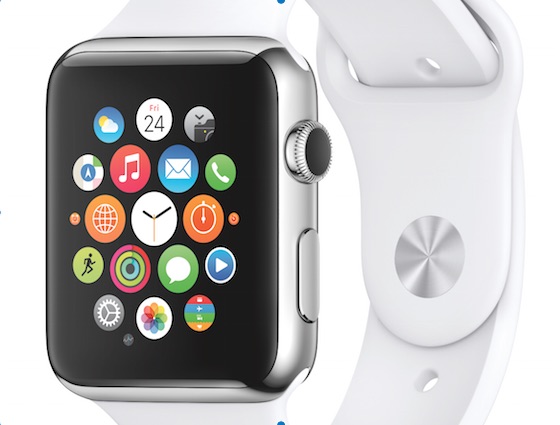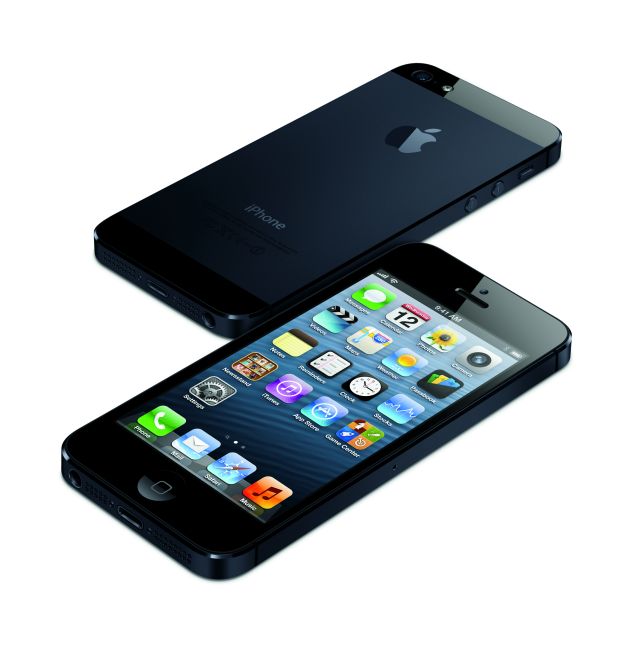Gadi Amit, founder of San Francisco’s New Deal Design, has been on the forefront of designing many of today’s wearable devices including the Fitbit, Lytro Camera and Google’s modular Ara phone.
Ahead of his visit to Sydney to speak at the Vivid Festival last June, Gadi spoke about his philosophy on design and the future of wearable technologies.
“As a matter of method we always try to look for the contrarian point of view,” Gadi says about his approach to a new project.
“The initial point of view is better served by being tested against a contrary point of view, in about fifty percent of the cases we find the contrarian point of view actually wins.”
Cherishing sustainable devices
One of the key challenges facing designers today is creating sustainable product and Gadi sees the answer lying in developing durable, adaptable products.
“I’m focusing most of my work on maintaining the usage of the object for as long as we can and extending its meaningful life to people.”
“This way we make sure that that it’s usuable, it’s beautiful, it’s loved and it’s cherished.”

Google’s Project Ara is an example of Gadi’s philosophy of extending a mobile phone’s life by building the device up from modular units that allow handsets to adapt to users’ needs.
Rejecting big data
One of the effects of wearable and smart devices is the explosion of big data, Gadi sees this as problem for users and the result of a mismatch between the development of software and hardware.
“The hardware design is actually ahead of the software design. Software is still lagging behind and still spewing data all over the screen.”
“I think people don’t want more data, they want less data. They want meaningful cues that will be served with very little fanfare. You don’t need to know you walked 10,000 steps, you need to know if you’ve walked enough or not enough.”
Gadi cites the early design of the Fitbit where the software showed a flower blooming to indicate the wearer was meeting the fitness objectives as an example of a simple and elegant way to convey complex information.
Moving to a world of unlimited screens
One of the opportunities Gadi sees with wearable devices is how methods of conveying complex information are going to change radically.
“There’s greater understanding that we have to distil user interfaces into something more basic,” Gadi explains. “It’s a new design process that involves a lot of experimentation with the human body and hardware.”
Escaping the boxes of design
What excites Gadi about the design industry today is the diversity of opportunities.
“Ten years ago an industrial designer dealt with maybe four or five types of boxes – you might design a mobile phone, which was a small level box, you might design a laptop which was a mid level box and you might design a PC which was a bigger box.”
“I remember one executive describing the world to me as ‘we have four screens; there is the large TV screen, there is the PC screen, the notebook and the mobile. That was the grand unifying theory of the universe.”
“What we have now in the studio are objects the size of a human finger that are made of soft material and have amazing kinematics and we have objects the size of a fingernail that are still interactive with humans.”
“I’m really excited about it.”
Similar posts:




